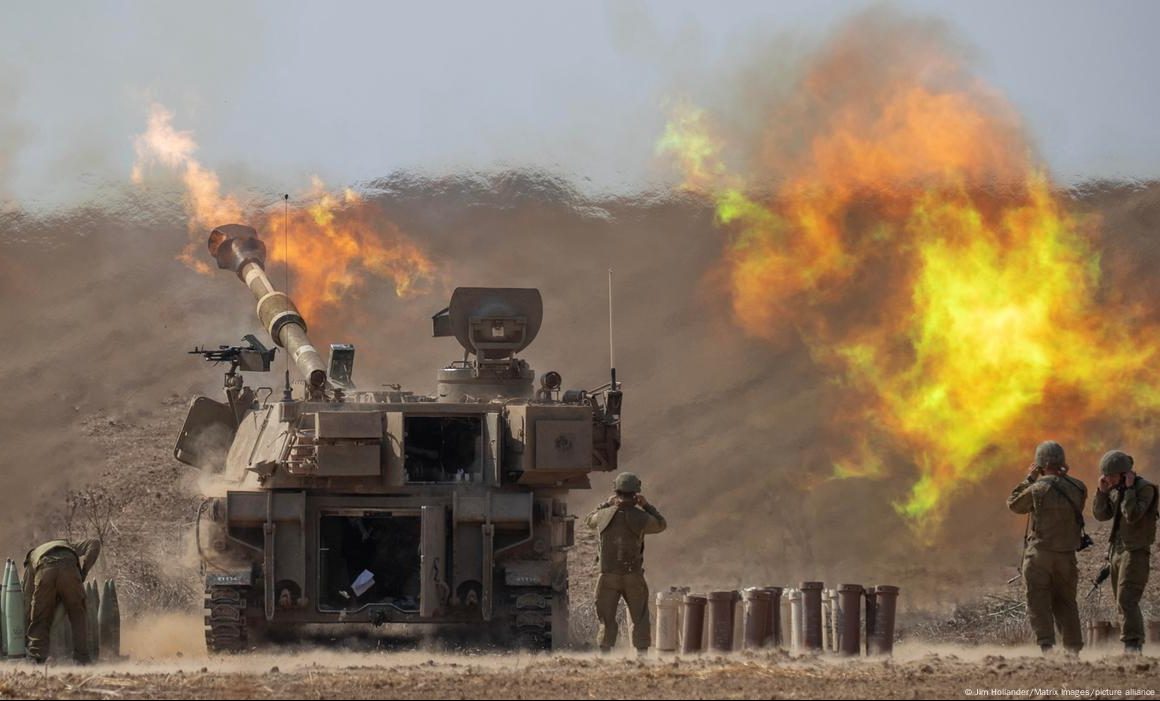The United States has notified Congress of an $8 billion weapons sale to Israel, intended to bolster the nation’s military capabilities amidst its ongoing war with Hamas in Gaza. According to U.S. officials, some of the arms in the package may come from existing American stockpiles, while the majority will take years to manufacture and deliver. This move highlights the U.S.’s strategic support for Israel as the conflict continues to escalate.
The arms package includes a variety of weaponry designed to enhance Israel’s defense and offensive operations. Among the items are medium-range air-to-air missiles for combating aerial threats, 155 mm artillery shells for long-range engagements, Hellfire missiles, and 500-pound bombs. This deal follows an unprecedented $17.9 billion in military aid to Israel since Hamas’s attacks on October 7, 2023, which marked the start of the current war.

The Biden administration has faced growing criticism over the high civilian casualties in Gaza, sparking protests and debates in the U.S. Among these criticisms are congressional efforts led by figures like Senator Bernie Sanders, who have sought to halt sales of offensive weapons to Israel. However, despite such opposition, the administration has continued to support Israel militarily, citing limited progress on humanitarian aid delivery as a mitigating factor in its policies.
The conflict has seen widespread devastation in Gaza, with Israeli airstrikes targeting what the military claims are Hamas command centers and gathering points. Israel maintains that it aims only at militant targets and accuses Hamas of endangering civilians by operating in densely populated areas. Nevertheless, the death toll continues to climb, with tens of thousands of lives lost since the war began over a year ago.
The humanitarian crisis in Gaza has deepened, with around 90% of its 2.3 million residents displaced, many multiple times. With winter setting in, hundreds of thousands are left sheltering in makeshift camps by the sea. Despite international calls for de-escalation and increased humanitarian aid, the region remains mired in violence and uncertainty.
